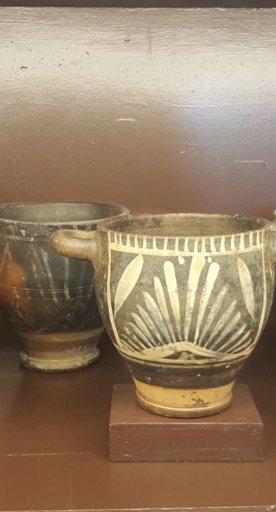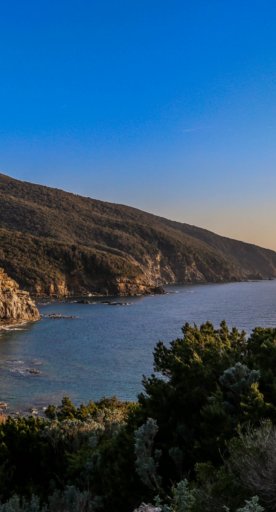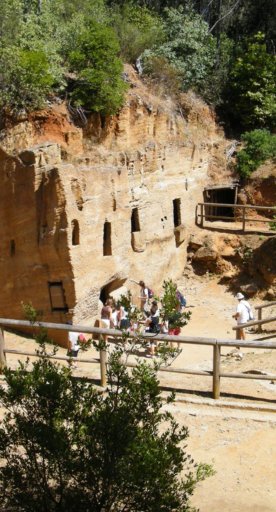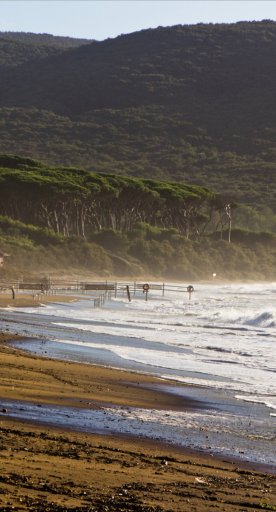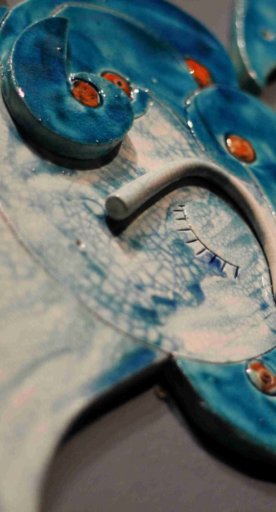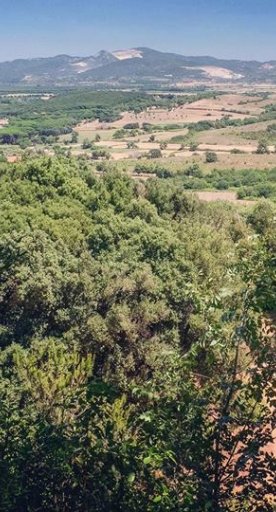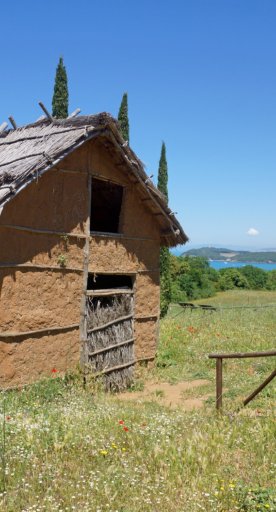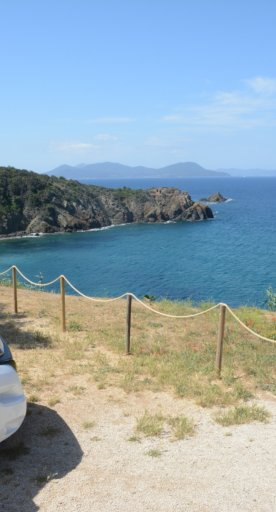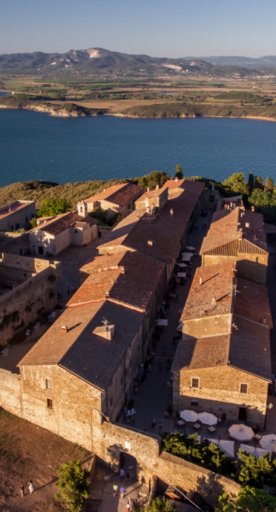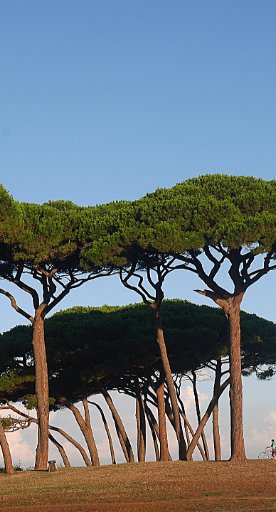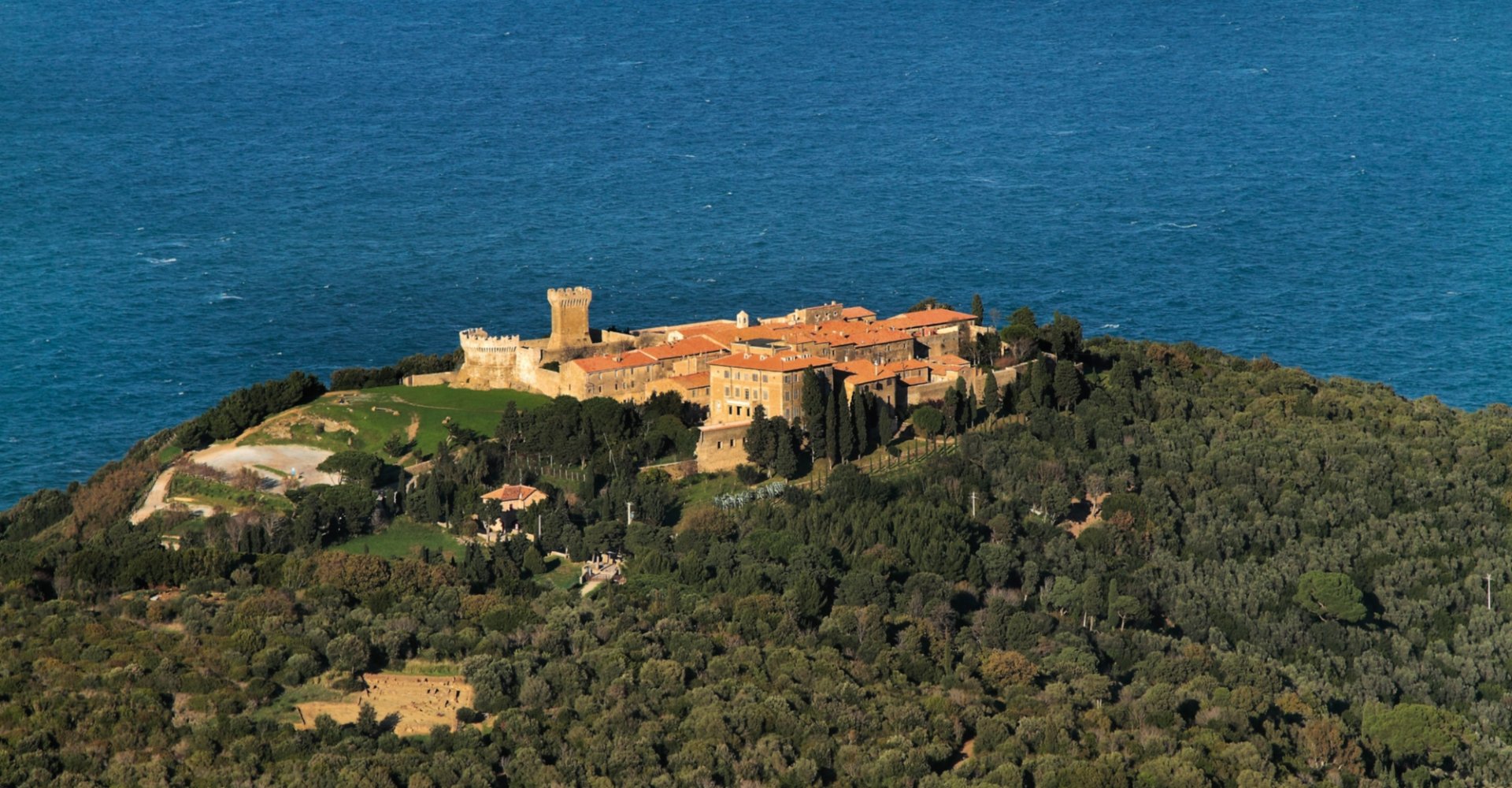
Populonia
One of the twelve cities of the Etruscan Dodecapoli, the only one facing the sea
Populonia, an ancient and very important Etruscan city, is one of the twelve centers called Dodecapoli, the city-states that were part of Etruria. Reminders of this glorious past are still visible today in a small and charming center with an elevated position and remarkable ruins.
Located on top of a hill surrounded by a crystal-clear sea, the ancient settlement is in a dominant position, on one of the promontories that form the Gulf of Baratti.
In ancient times it was known as Fufluna (from Fufluns, the Etruscan god of intoxication) or Pupluna, and was the only Etruscan city on the coast. The ancient acropolis was located at the point where today Poggio del Castello and Poggio del Telegrafo can be admired, towards the southwestern end of the Gulf of Baratti.
What to see in Populonia
The remains of the ancient city are still visible today, with Etruscan walls and remains of Roman buildings. The medieval walls are fascinating to see, as well as the Rocca, built in the first half of the 15th century which contains paved alleys, small shops and the private Gasparri Collection that preserves Etruscan and Roman artefacts and underwater discoveries.
A road with a wonderful panorama connects Populonia to the Gulf of Baratti, where there are other very important Etruscan remains. The Archaeological Park of Baratti and Populonia is an open-air museum of Etruscan civilization overlooking the Tyrrhenian Sea and includes artefacts from ancient Populonia, the only Etruscan city built on the sea.
In the lower part of the archaeological park, it is possible to visit the two Etruscan necropolises: San Cerbone and delle Grotte, in addition to the limestone quarries and industrial districts, where hematite was worked.
In the upper part, containing the Acropolis of Populonia, we can admire the temples, buildings, mosaics and streets of the Roman era.
The remains of the ancient city are still visible today, with Etruscan walls and remains of Roman buildings. The medieval walls are fascinating to see, as well as the Rocca, built in the first half of the 15th century which contains paved alleys, small shops and the private Gasparri Collection that preserves Etruscan and Roman artefacts and underwater discoveries.
A road with a wonderful panorama connects Populonia to the Gulf of Baratti, where there are other very important Etruscan remains. The Archaeological Park of Baratti and Populonia is an open-air museum of Etruscan civilization overlooking the Tyrrhenian Sea and includes artefacts from ancient Populonia, the only Etruscan city built on the sea.
In the lower part of the archaeological park, it is possible to visit the two Etruscan necropolises: San Cerbone and delle Grotte, in addition to the limestone quarries and industrial districts, where hematite was worked.
In the upper part, containing the Acropolis of Populonia, we can admire the temples, buildings, mosaics and streets of the Roman era.
Nearby
Immerse yourself in nature by visiting the natural parks of the Val di Cornia, which are located in the last stretch of the Etruscan Coast between Piombino and San Vincenzo, overlooking the Island of Elba.
Don't forget to stop at the Archaeological Museum of the territory of Populonia, in Piombino.
Immerse yourself in nature by visiting the natural parks of the Val di Cornia, which are located in the last stretch of the Etruscan Coast between Piombino and San Vincenzo, overlooking the Island of Elba.
Don't forget to stop at the Archaeological Museum of the territory of Populonia, in Piombino.
Typical products
The seafood cuisine of the Etruscan coast is renowned for the quality of the ingredients and its prestigious traditions. The freshly caught fish is cooked in an original and tasty way. The palamita, for example, is a local slow food on the coast of Piombino.
Virtually all local dishes are generously sprinkled with olive oil, which counterbalances a heavily land-based cuisine that offers soups, game and local vegetables such as the violet artichoke. Wine lovers are advised to visit Suvereto, one of the most beautiful villages in Italy, with the possibility to visit some of its many cellars.
The seafood cuisine of the Etruscan coast is renowned for the quality of the ingredients and its prestigious traditions. The freshly caught fish is cooked in an original and tasty way. The palamita, for example, is a local slow food on the coast of Piombino.
Virtually all local dishes are generously sprinkled with olive oil, which counterbalances a heavily land-based cuisine that offers soups, game and local vegetables such as the violet artichoke. Wine lovers are advised to visit Suvereto, one of the most beautiful villages in Italy, with the possibility to visit some of its many cellars.

